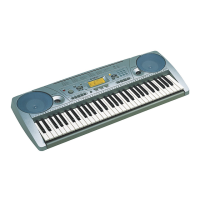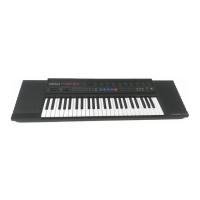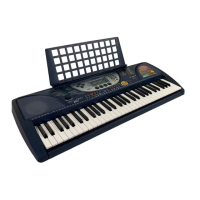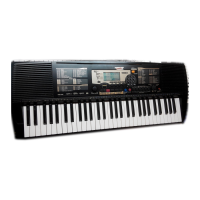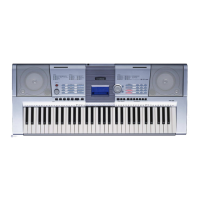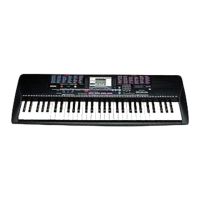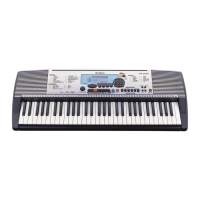What to do if my Yamaha Portatone PSR-275 makes a popping sound when turned on/off?
- AashleymolinaJul 25, 2025
A popping sound when turning your Yamaha Electronic Keyboard on or off is normal, indicating it's receiving power. If the sound is persistent, ensure that nothing is connected to the PHONES/OUTPUT jack on the rear panel. Also, check the Local Control and PC Mode settings. The battery may be low and needs replacement. Make sure that the footswitch plug is properly connected to the SUSTAIN jack before turning on the power.
